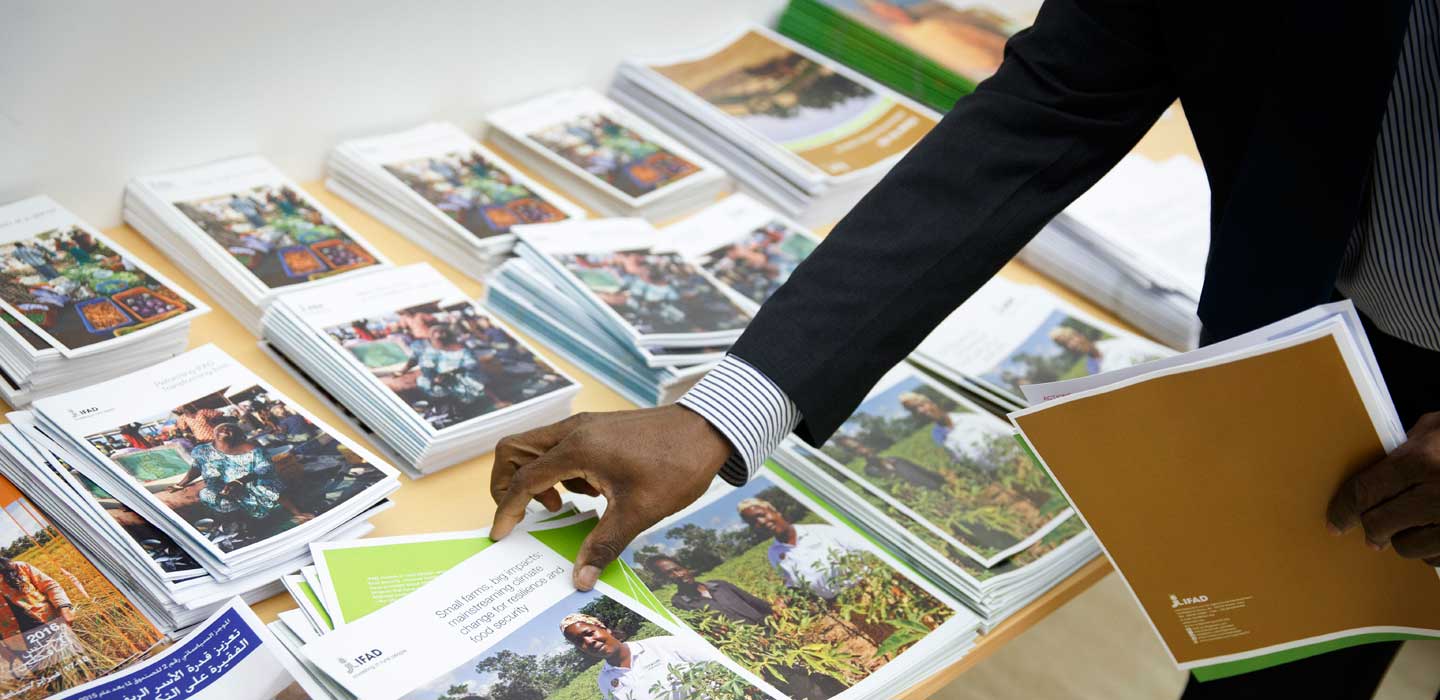Fiches d'information

Fiches d'informations
Menu Affichage
Search Results Filters
Résultats de recherche
Addressing climate change in Near East, North Africa and Europe
World Water Week 2015 - Water for Agricultural Development
Water lies at the heart of sustainable development and is essential for economic growth, poverty reduction and environmental sustainability. It is the basis of human and environmental health, energy security, sustainable urbanization and the ability of rural women and men in developing countries to pursue productive activities.
But one billion people still lack access to safe water and even more lack access to basic sanitation. Around three quarters of the world’s poorest and hungriest people live in rural areas, often forgotten and bypassed by economic growth and development programmes. The majority of rural people depend on agriculture for their livelihoods, but face numerous barriers in accessing services and securing vital resources, including water.
ASAP Egypt factsheet
The community development activities will focus on the ''new lands'' that have been settled by smallholder farmers. Community development associations will be strengthened so that they can allow for the inclusion of women and youth. The project will also provide buildings and financing for schools, health clinics, community centres and clean water infrastructure.